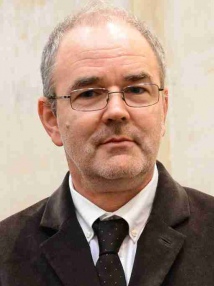BibTex format
@article{Peurichard:2017:10.1016/j.jtbi.2017.06.030,
author = {Peurichard, D and Delebecque, F and Lorsignol, A and Barreau, C and Rouquette, J and Descombes, X and Casteilla, L and Degond, PAA},
doi = {10.1016/j.jtbi.2017.06.030},
journal = {Journal of Theoretical Biology},
pages = {61--81},
title = {Simple mechanical cues could explain adipose tissue morphology},
url = {http://dx.doi.org/10.1016/j.jtbi.2017.06.030},
volume = {429},
year = {2017}
}

